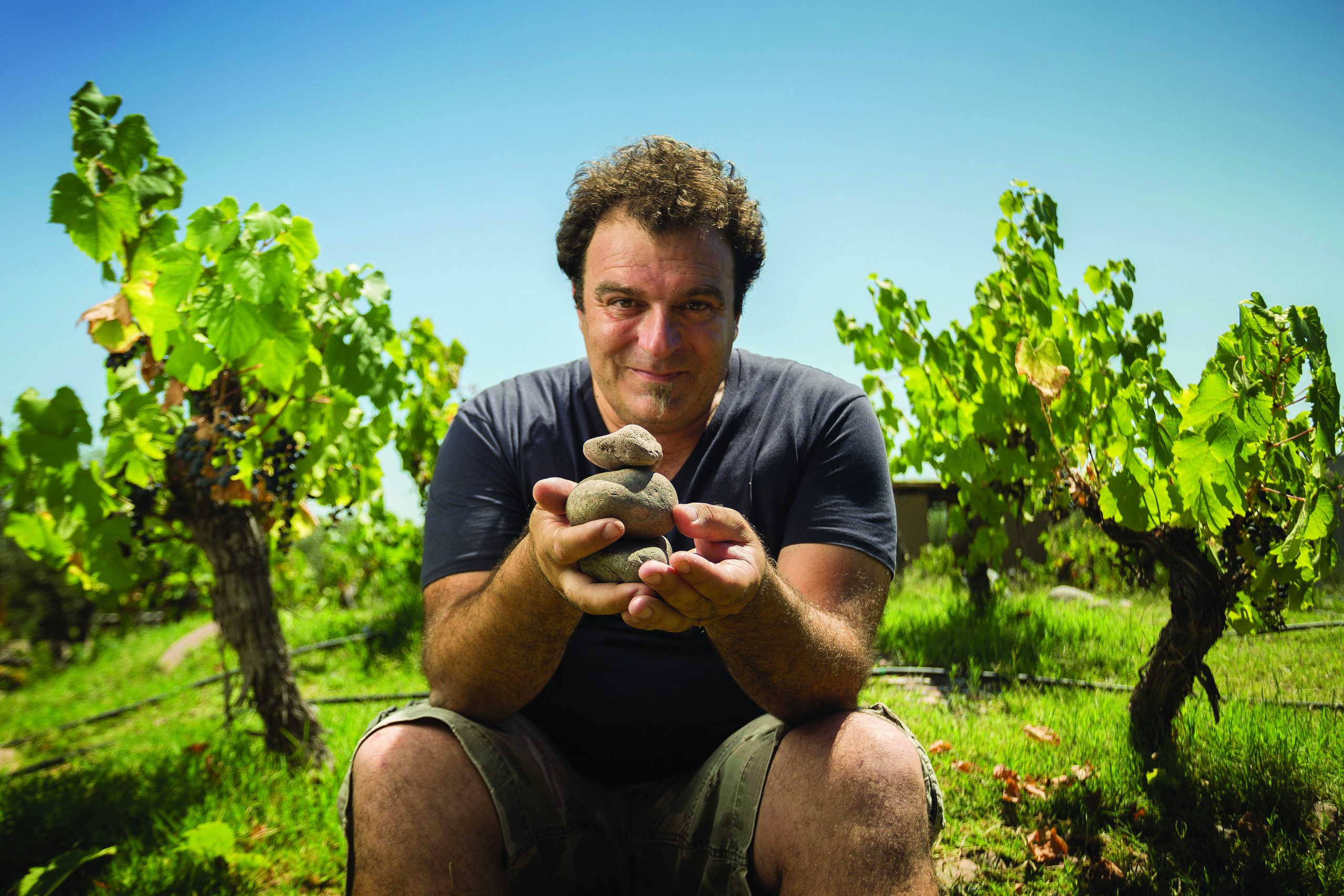This website uses cookies so that we can provide you with the best user experience possible. Cookie information is stored in your browser and performs functions such as recognising you when you return to our website and helping our team to understand which sections of the website you find most interesting and useful.
Non-detectable TCA guarantee extended to sparkling wine stoppers
By Patrick SchmittThe world’s largest cork producer, Amorim has extended its non-detectable TCA guarantee to sparkling wine stoppers.
Amorim has launched NDtech Sparkling after three years of R&D
Called NDtech Sparkling, the launch follows the unveiling of the NDtech natural cork stopper in 2016 – a pioneering screening system for natural cork, which tests each stopper for TCA, and, as a result, offers customers a “non-detectable TCA guarantee”.
NDtech Sparkling uses the same technique as the original NDtech process launched three years ago, which has supplied a guarantee of non-detectable TCA for whole natural still wine corks, sold to thousands of wineries on all continents.
While the scanning and assessment technologies are similar to those for still wine stoppers, NDtech Sparkling has taken several years to hone because the engineering had to account for two important issues: only the natural cork discs, which come into contact with the wine, need to be analysed, rather than the entire agglomerated shank; and the machines have to take into consideration the three typical diameters used in the sparkling wine industry: 48mm x 29.5mm, x 30.5mm and x 31mm.
Commenting on the launch of this important development from the world’s largest cork producer, Amorim’s head of marketing and communications, Carlos de Jesus said, ‘‘Launching the tried and tested NDtech scanning systems for sparkling wine stoppers featuring the two-disc, high-end design is great news for producers worldwide.”
Continuing, he said, “It is a process rich in technological precision that further enhances the world’s best sparkling wine stopper – the only stopper incorporating two discs of natural whole cork.”
Concluding, he said, “Simply put, no other supplier in the world is capable of delivering this.”
Almost exactly one year ago, in an exclusive interview with the drinks business, head of the cork company, Antonio Amorim, said that Amorim will have achieved the total eradication of TCA across the billions of corks it produces by 2020.
Partner Content
“We will have a non-detectible TCA guarantee for everything, it’s in our company strategy for 2020; we are working as fast as ever,” he stated.
Read more
AMORIM TO ERADICATE TCA BY 2020






Even with this new guarantee, natural cork remains a pretty crappy closure.
Most champagne corks are 29.5 to 31.5 mm in diameter by 48 mm long.
Thank you Allan, apologies, those were still wine diameters. Now corrected in the article above.
If you are going to go after DIAM, then you also need to deal with the non-TCA issues that come from cork – which DIAM seem to have achieved – here I’m mainly thinking of musty or off aromas that have nothing to do with TCA. And that’s before getting to the oxidative elephant in the room…
DIAM have producer data/bottles dating from 2004-2006 onwards, so NDtech has catching up to do from a data-set perspective. If I’m still physically capable of removing ‘corks’ from bottles in another 15 years – I’m up for that comparison 😉
Totally agree Bill, but NDtech does not even deal with TCA issues, let alone non-TCA ….
Ask Amorin if they can guarantee no detectable TCA if the cork is cut in half? And if they can guarantee that no detectable TCA can migrate through the cork to the wine. Which is why, no doubt, this pece states that “only the natural cork discs, which come into contact with the wine, need to be analysed, rather than the entire agglomerated shank”. What protection does NDtech provide?
Dear Tom, I have put your question to Amorim, and the cork producer’s R&D manager Dr Paulo Lopes has sent me the following reply:
“It has already been scientifically demonstrated that TCA is unable to migrate through the cork, therefore, what should be guaranteed is that fact that the cork surface (in touch with the wine) is free of TCA – what is in the core is not relevant. I believe that the last paragraph of the attached peer-reviewed paper (Permeation of TCA through corks Australian Journal of Grape and Wine Research 8, 196–199, 2002) is very clear.” Reproduced below:
The data from the current trial, and the observation that many wine corks contain TCA but do not contaminate wine (Pollnitz et al. 1996, Capone et al. 1999) indicate that industry processes to ‘clean up’ corks prior to use, probably do not need to remove all TCA from wine corks, but only that which is near the surface and readily exchangeable. Even if TCA in the centre of a cork were to eventually spread evenly through the entire closure, most of this TCA would remain bound to the cork (Capone et al. 1999). We reiterate our belief (Barker et al. 2001) that studies on the viability of any process to reduce the incidence of cork taint should focus on the effects of such treatments on transferable TCA, as measured by bottling trials, rather than the total TCA in corks. Conversely, given the relatively impervious nature of cork, attempts to diminish cork taint problems by treating cork slabs to remove TCA may well be futile.